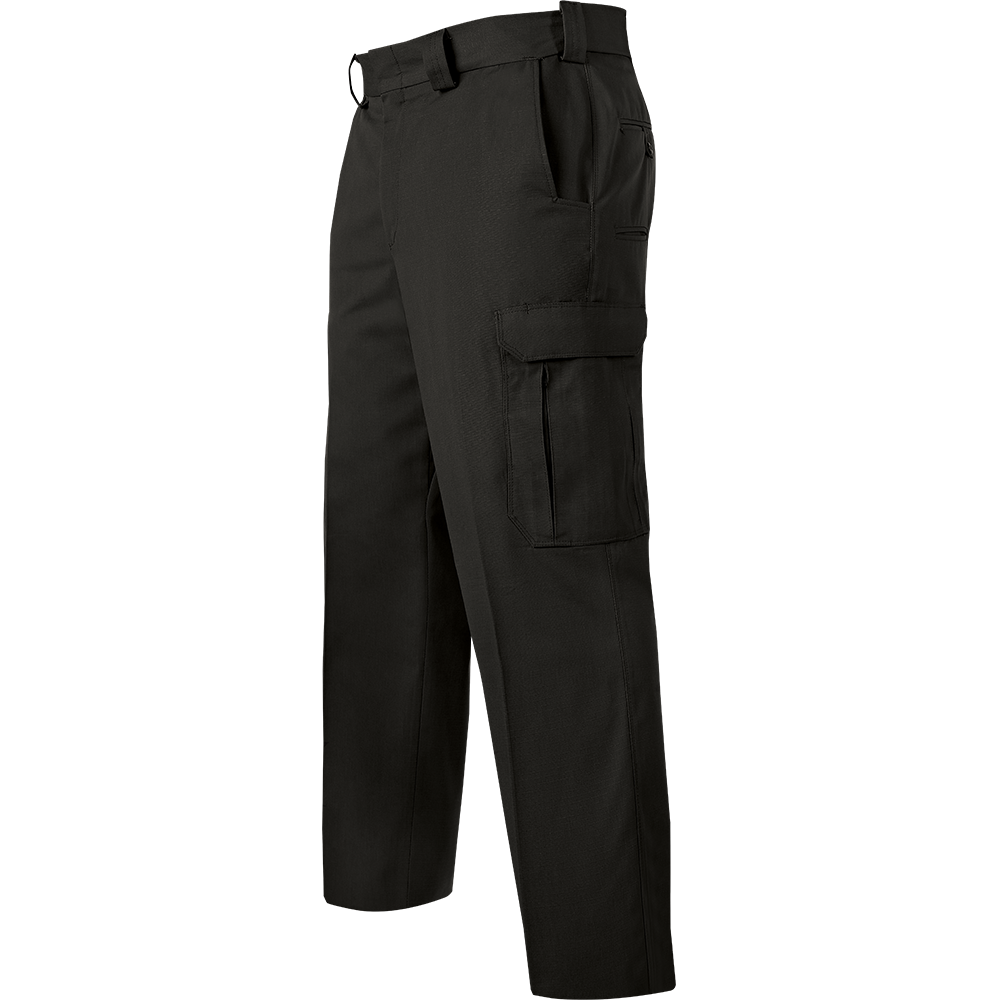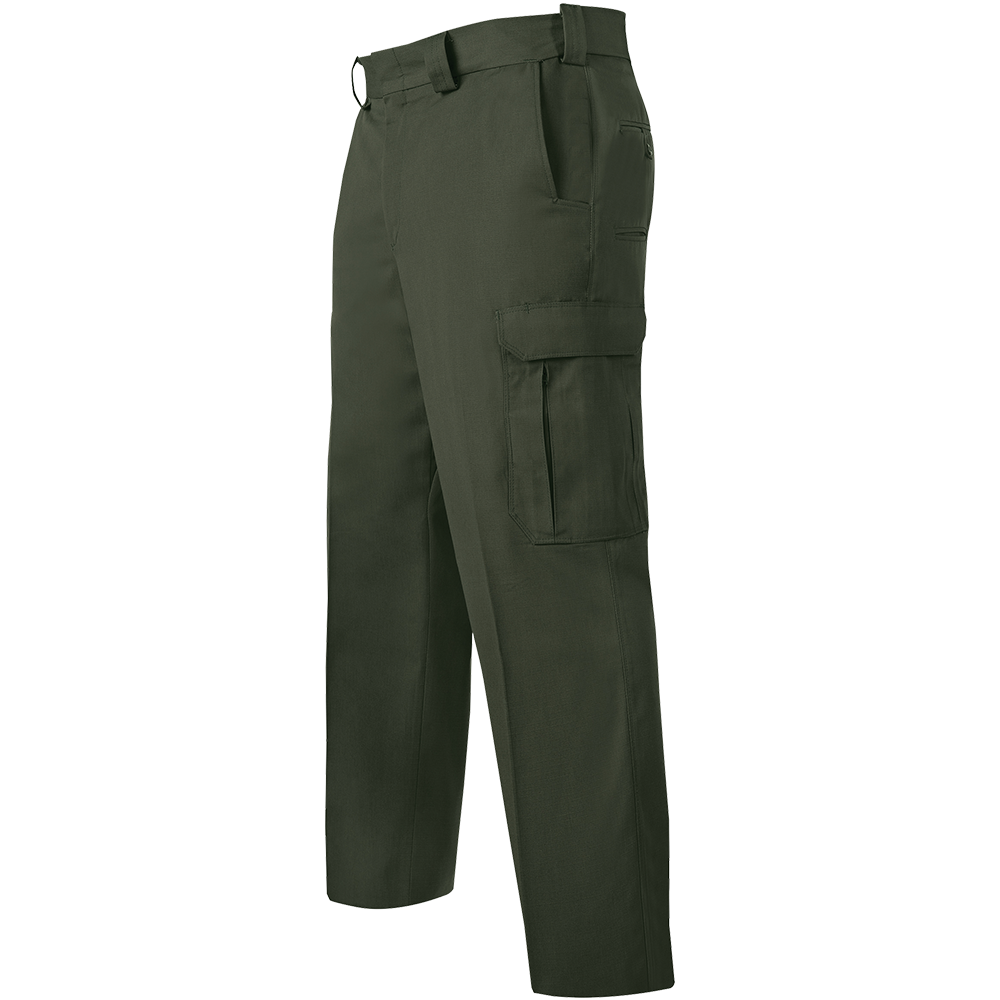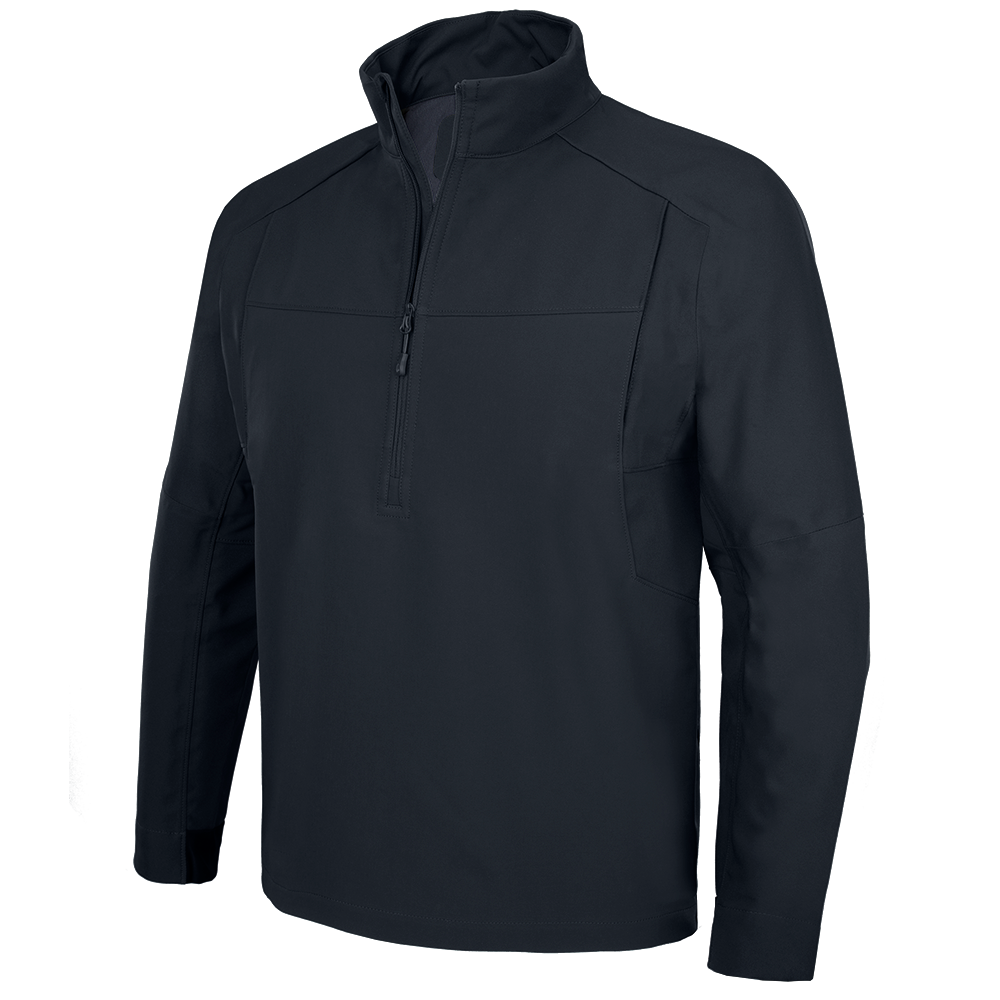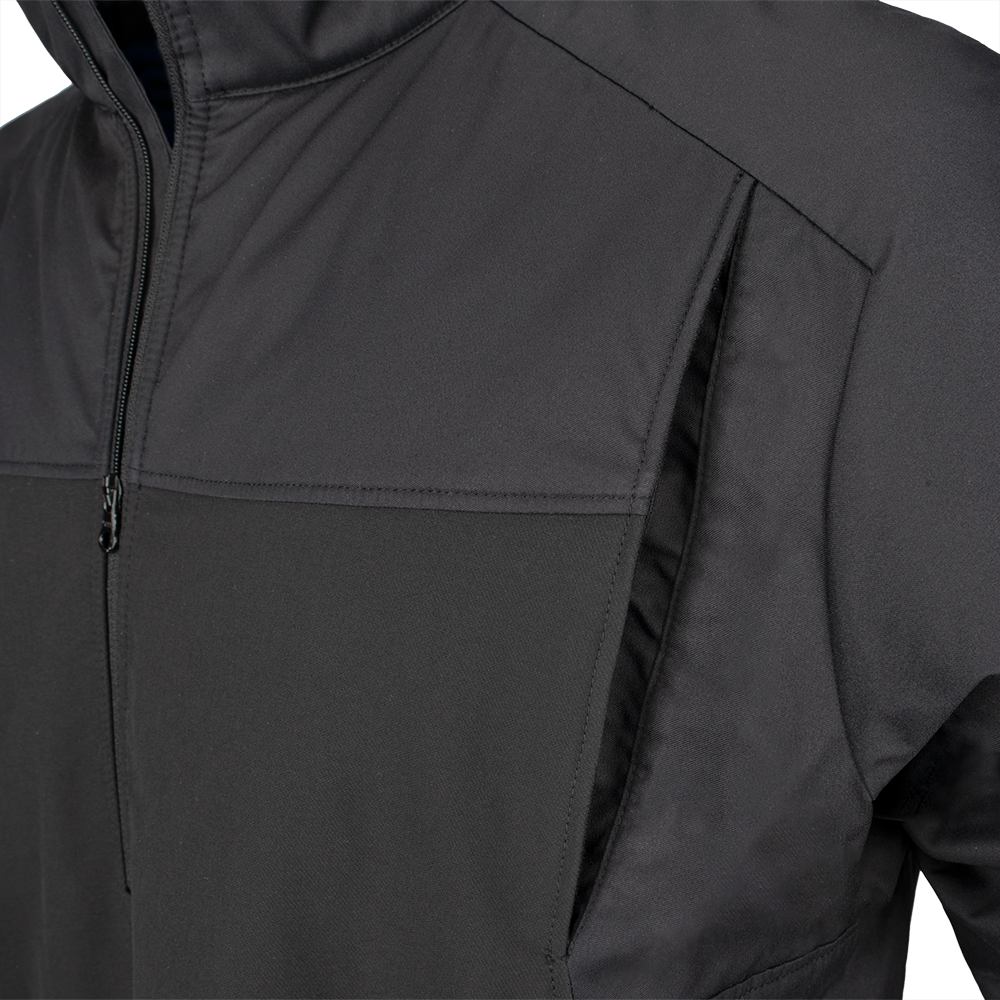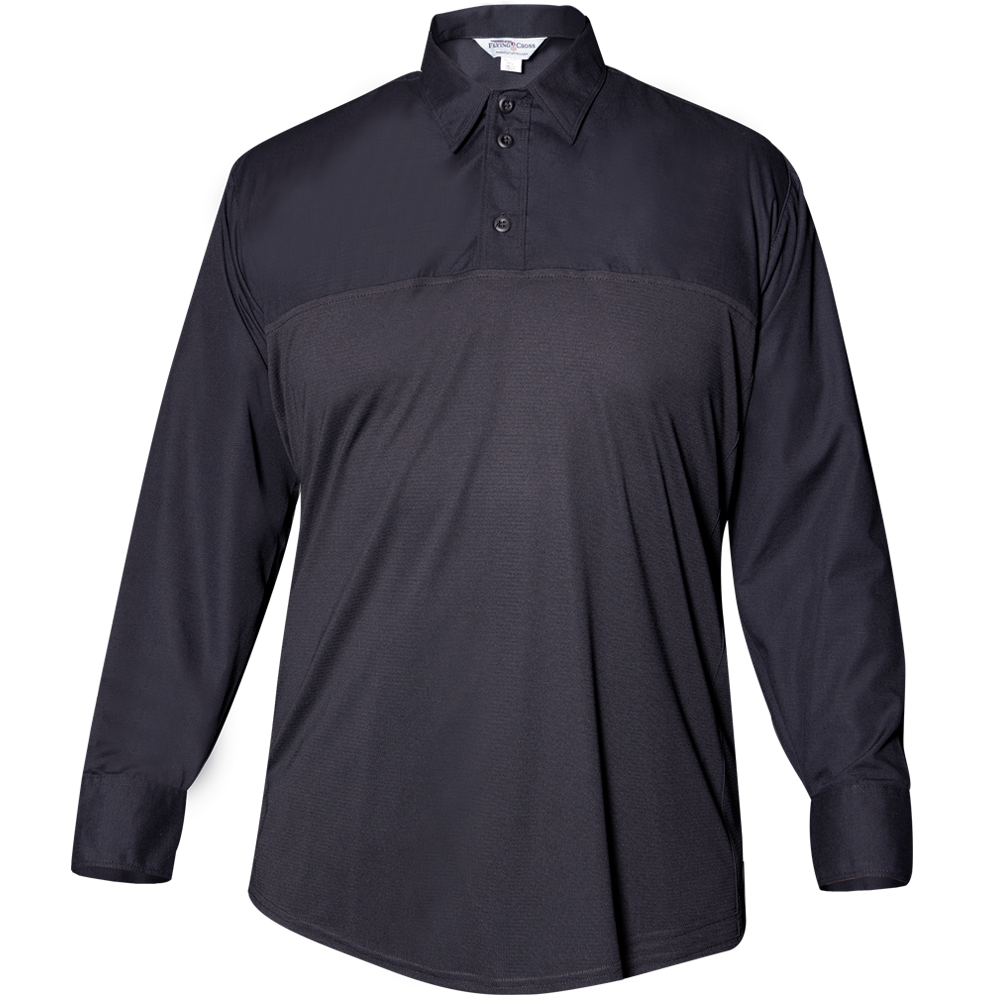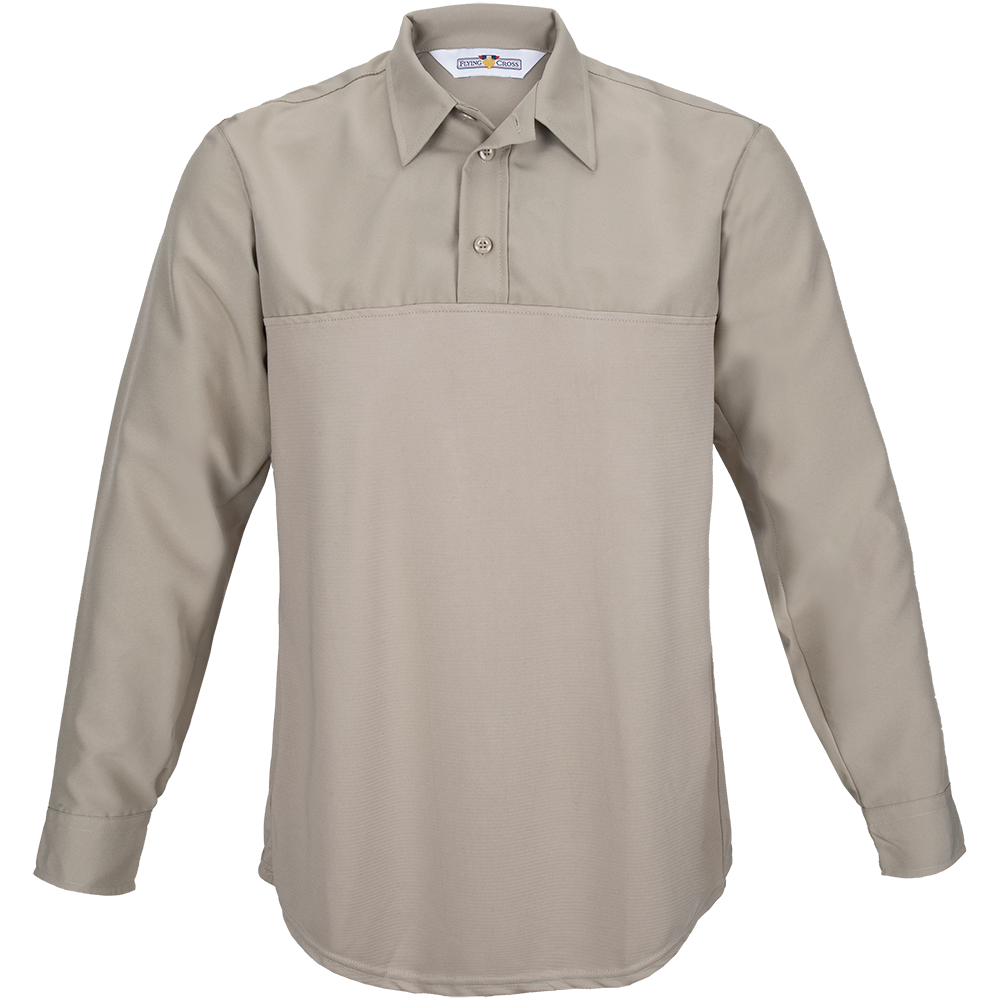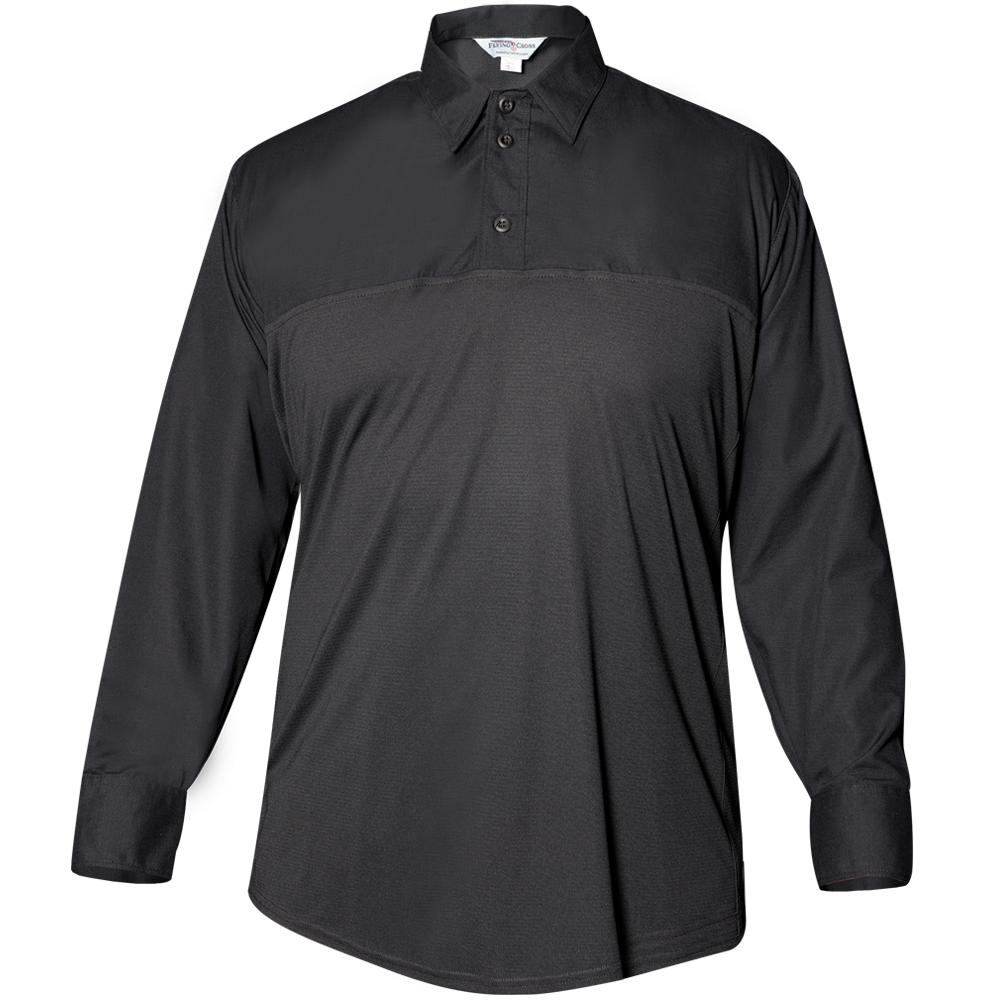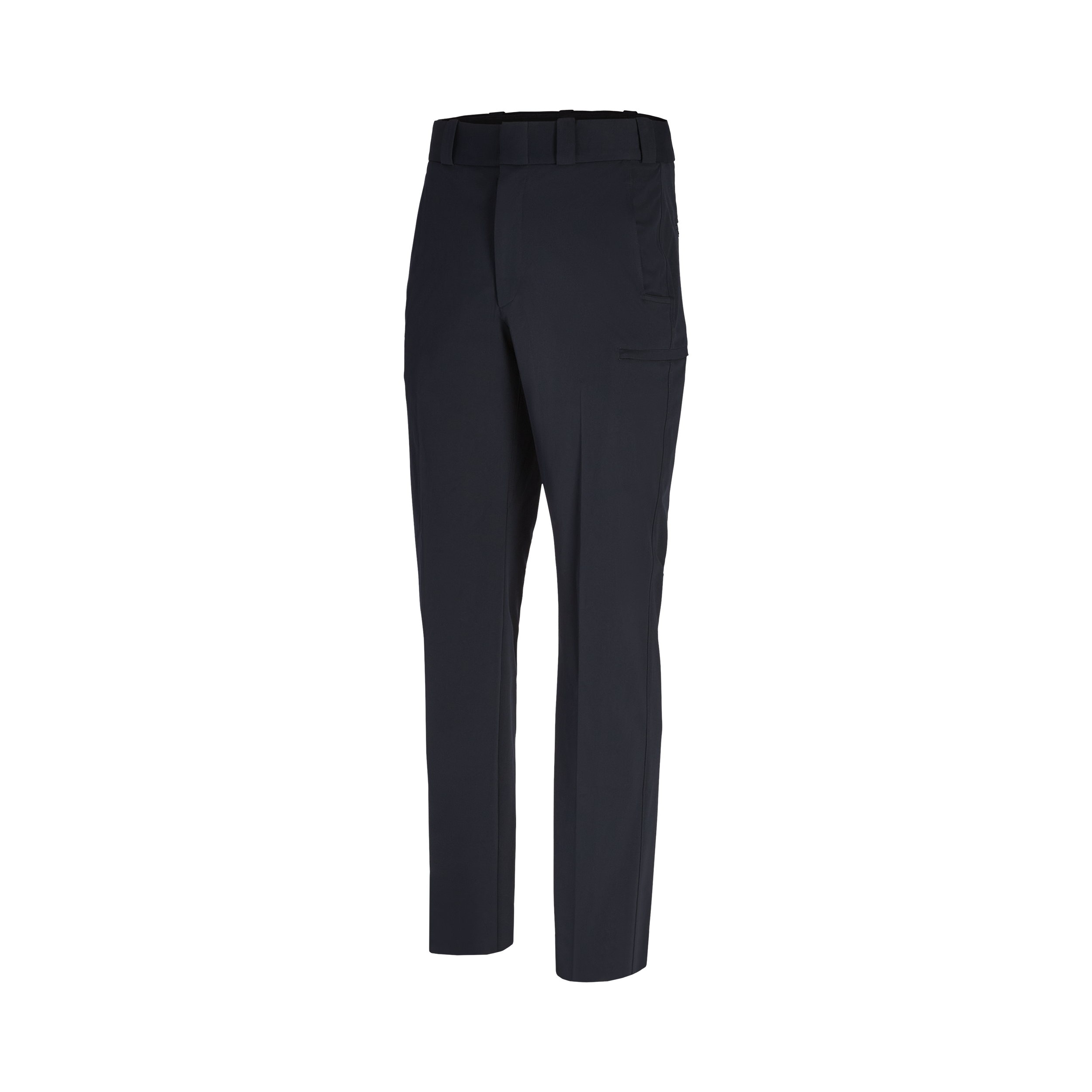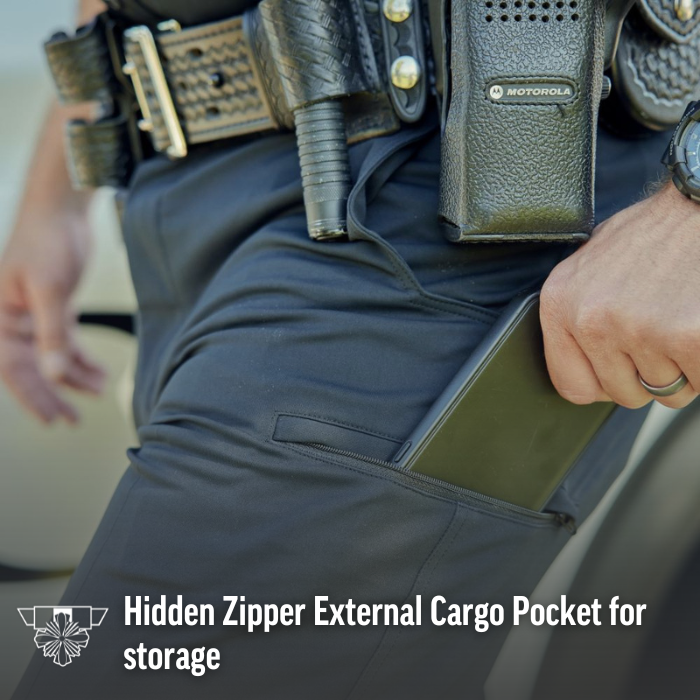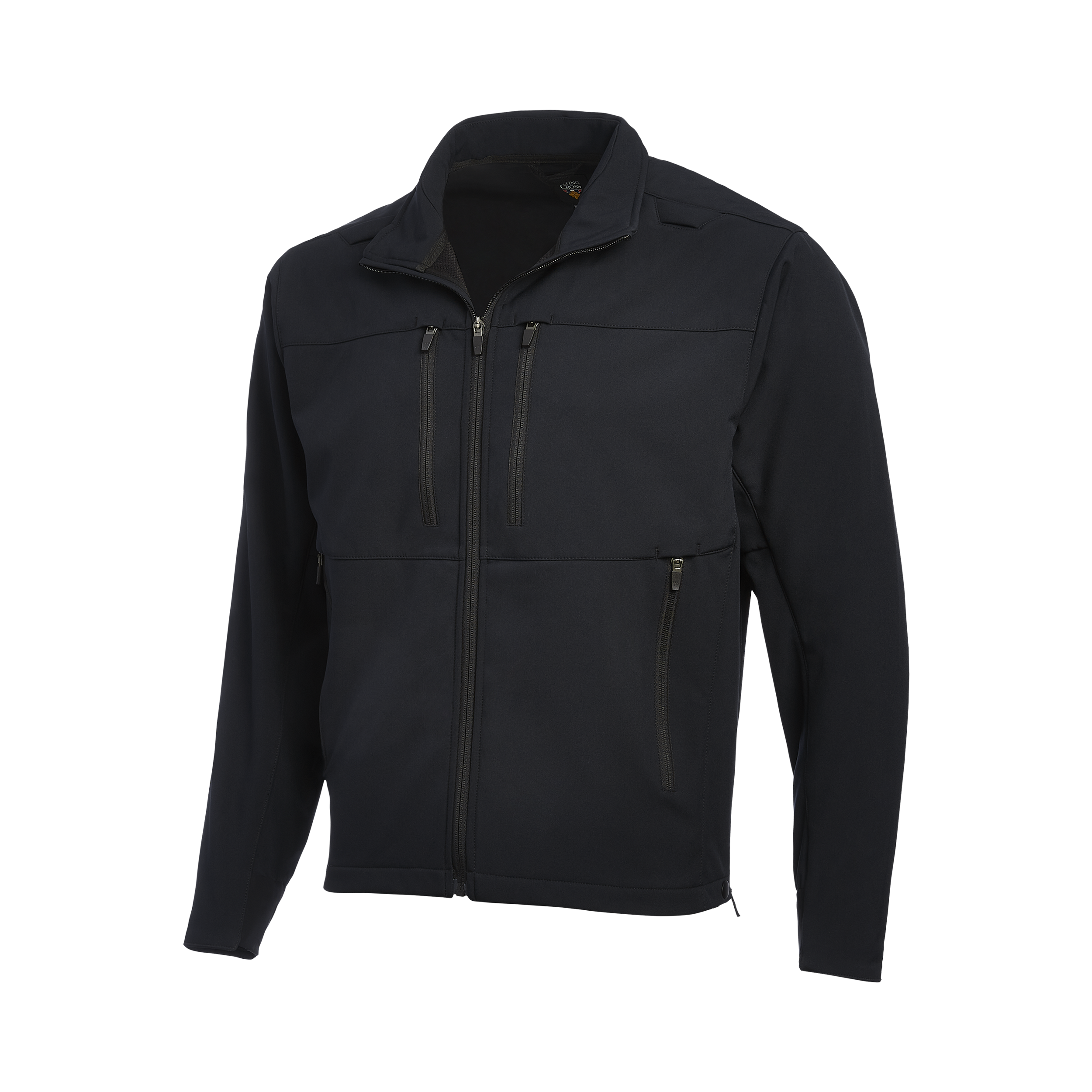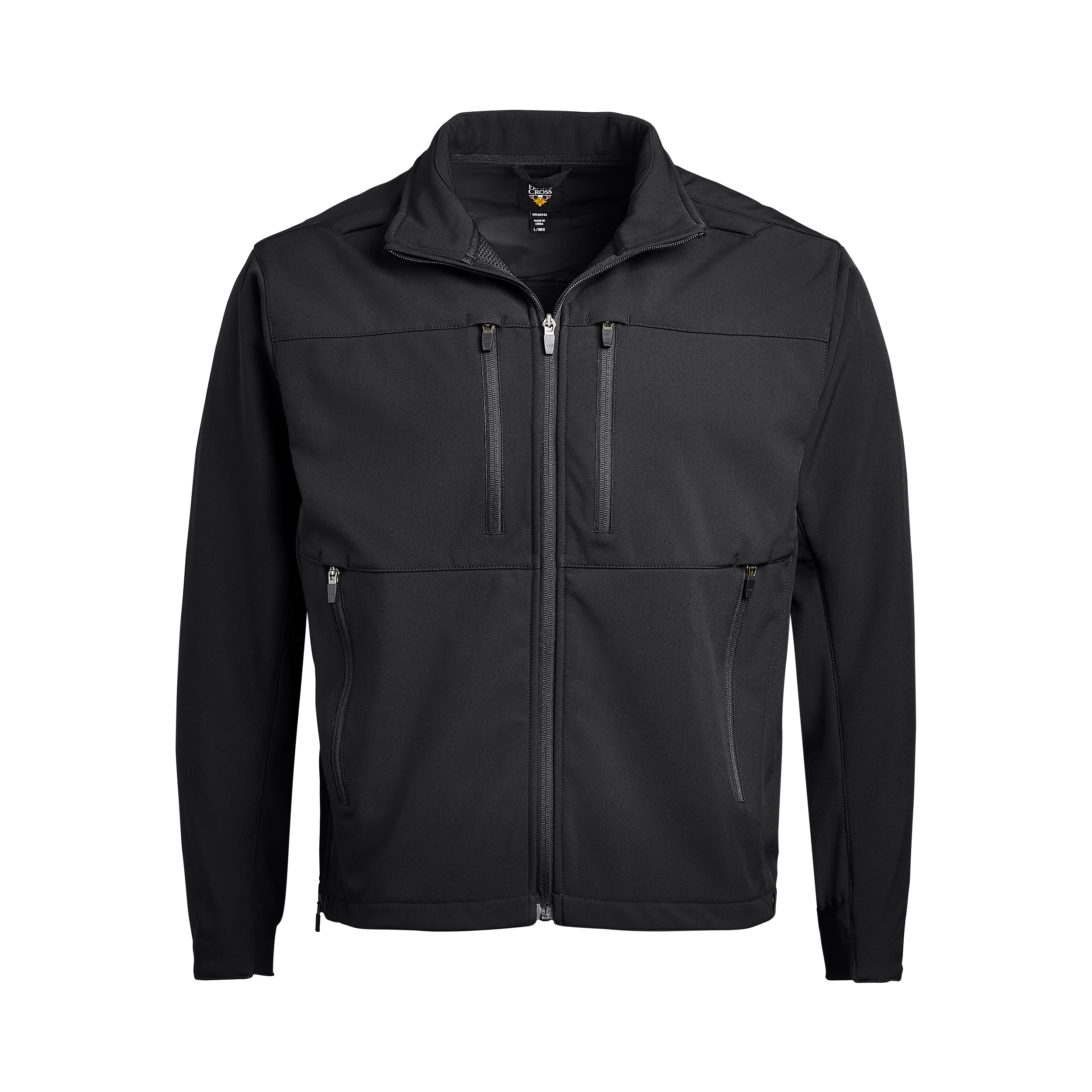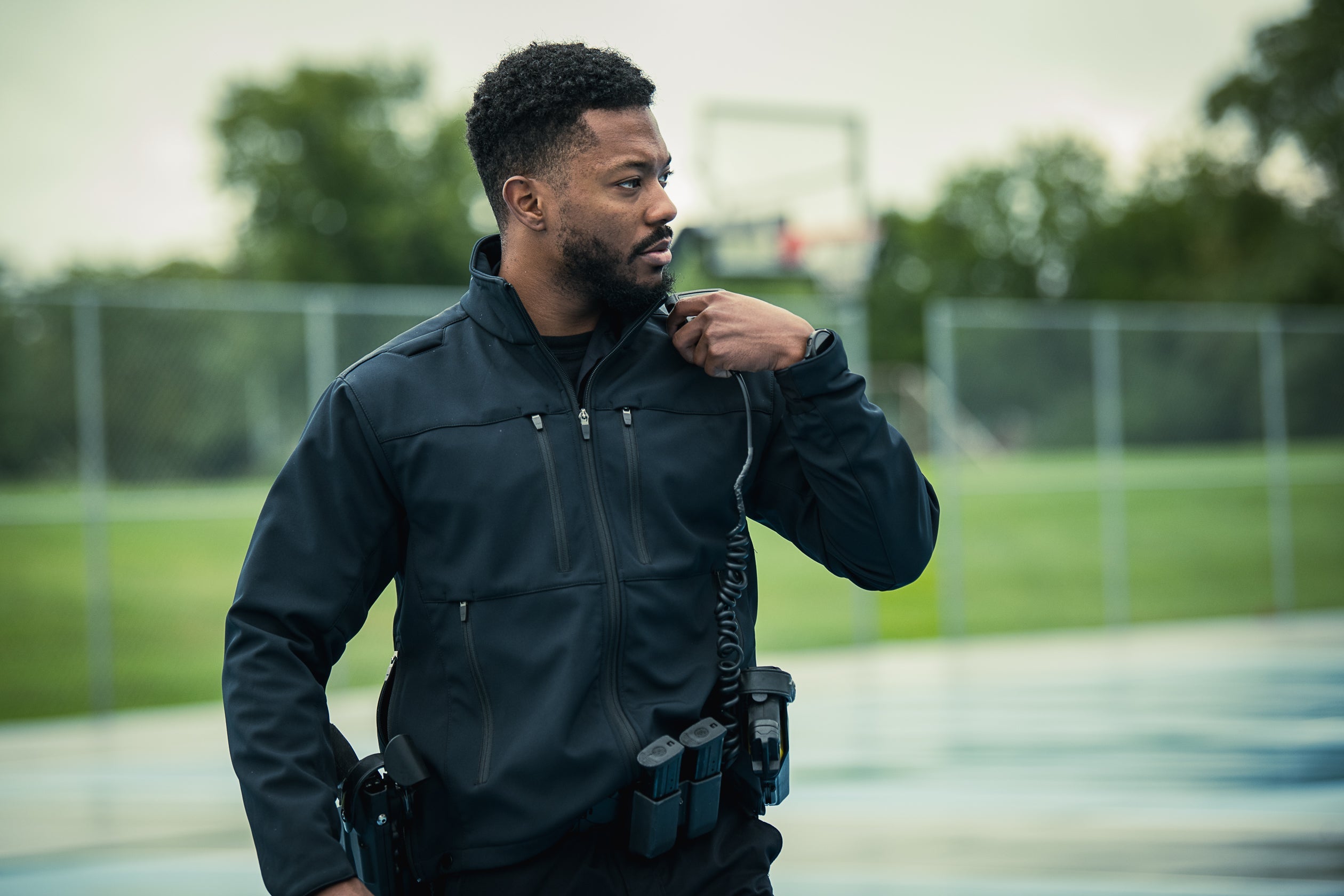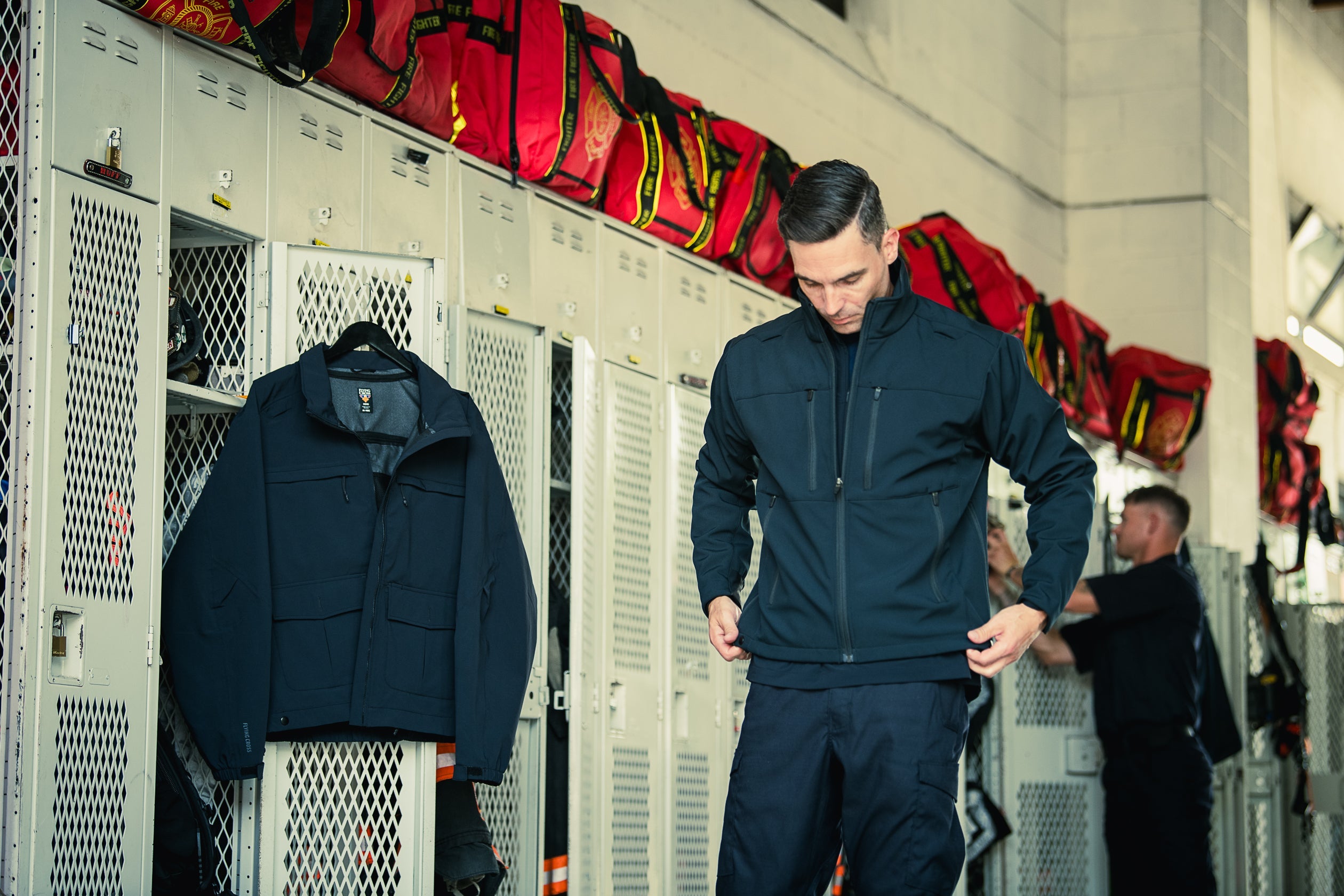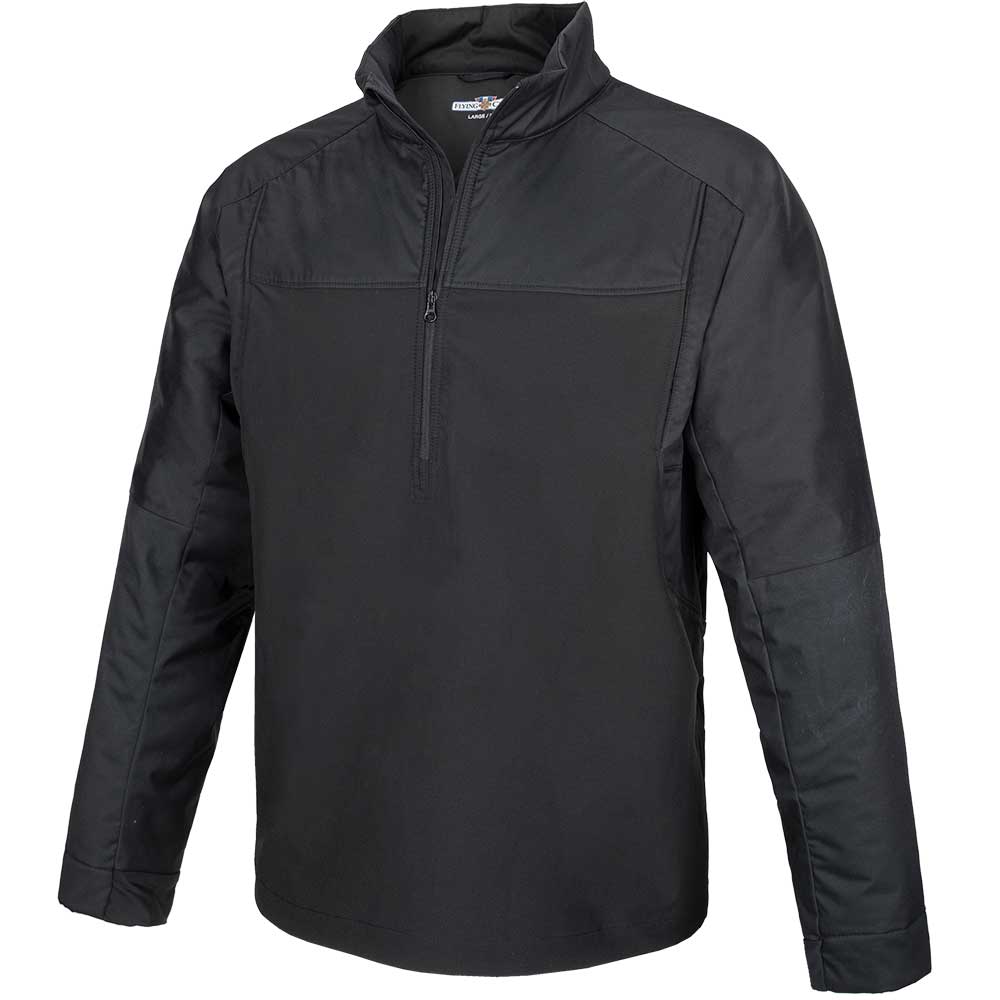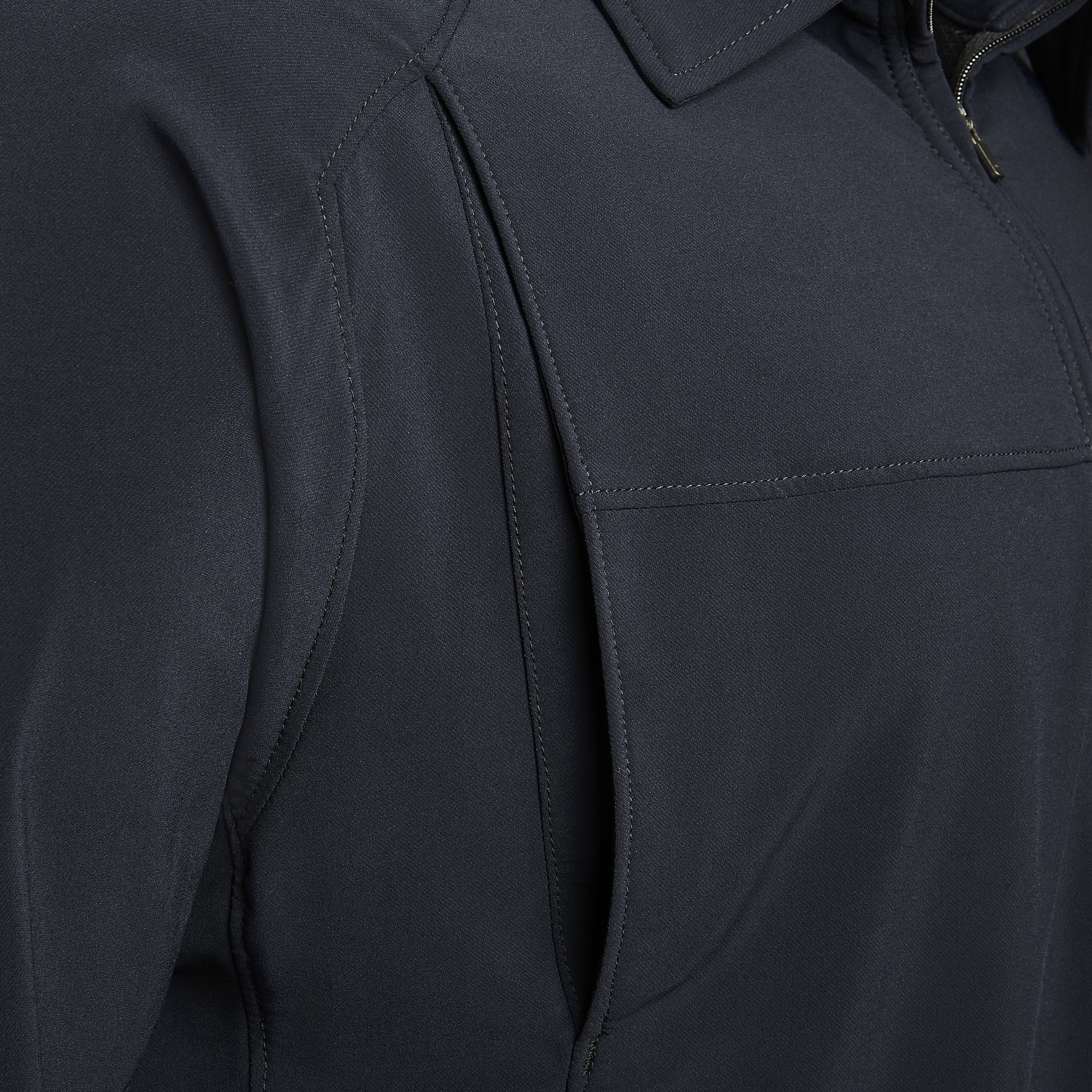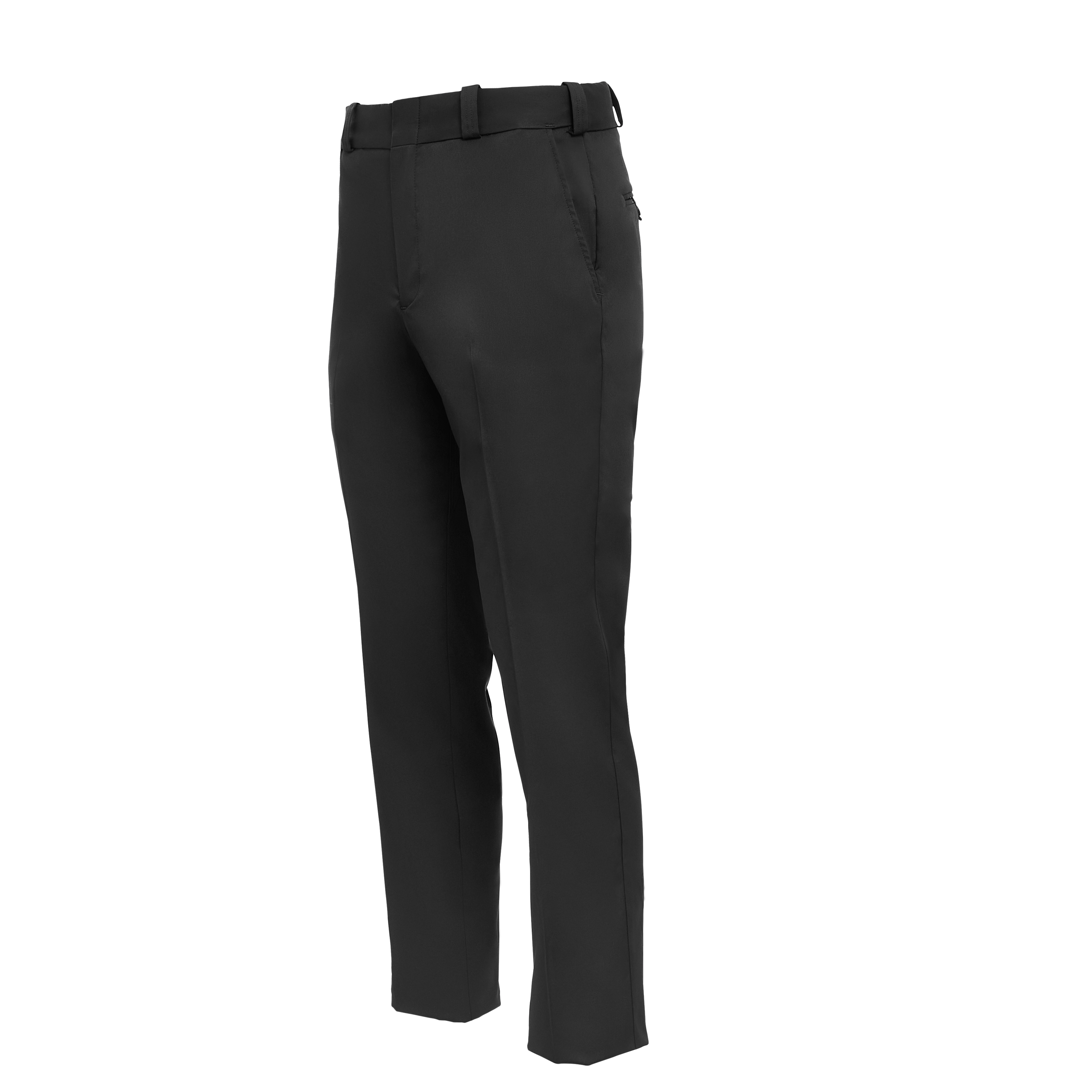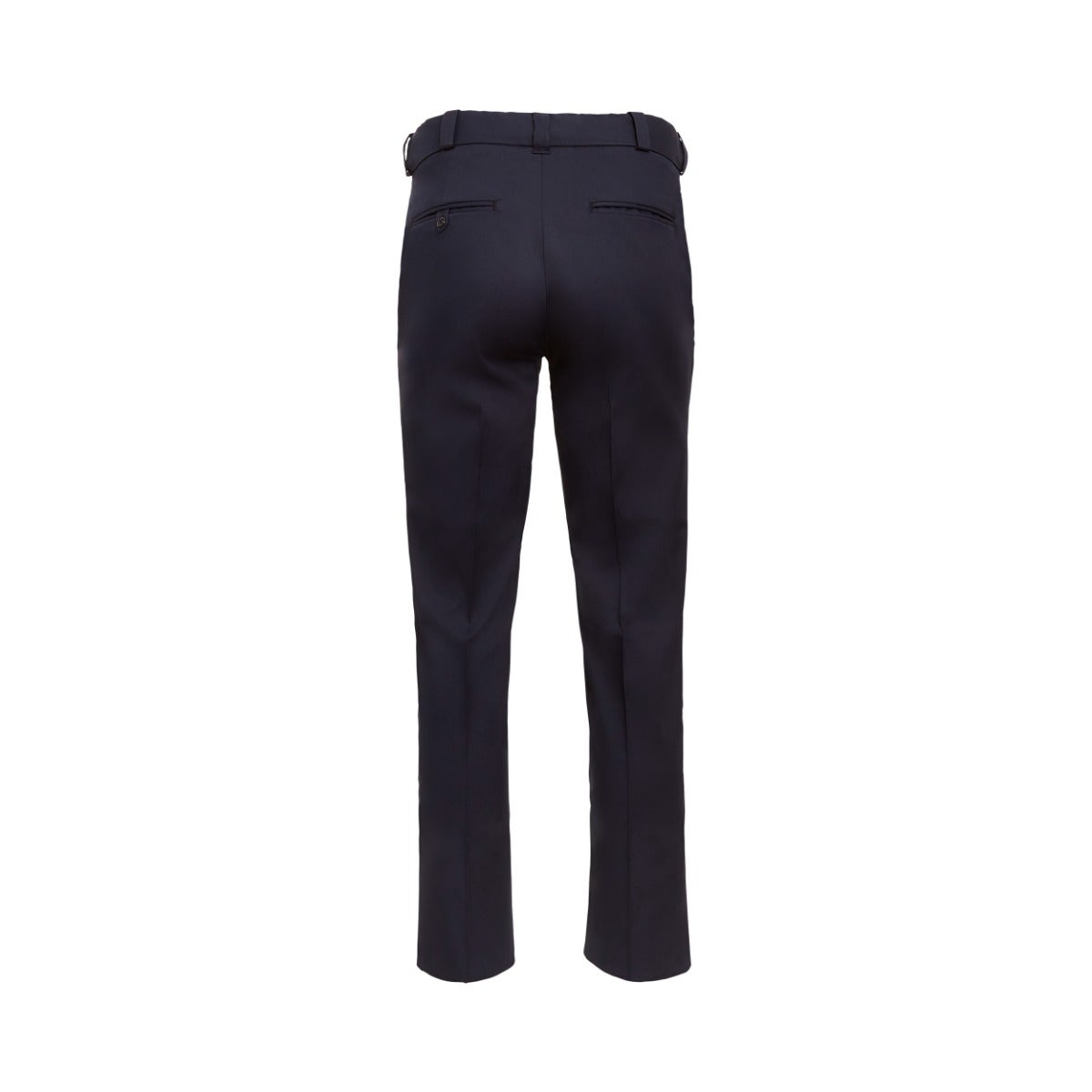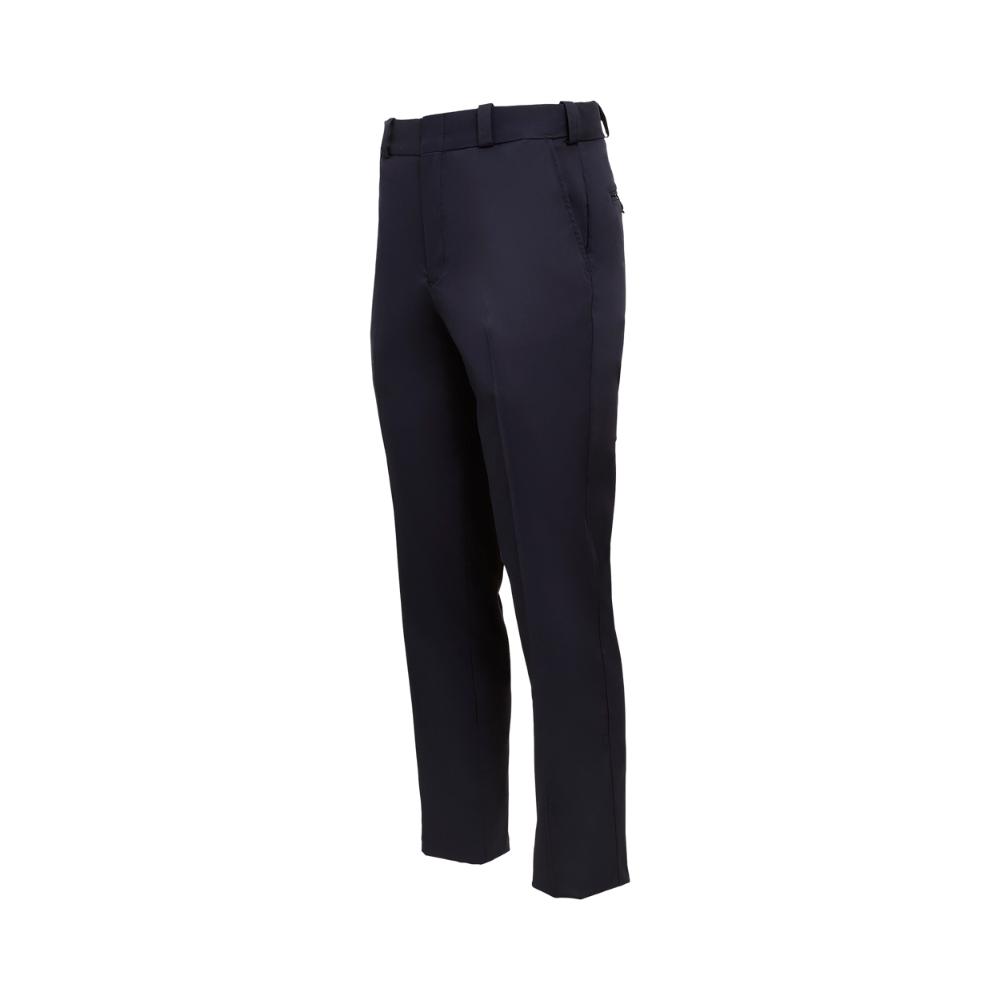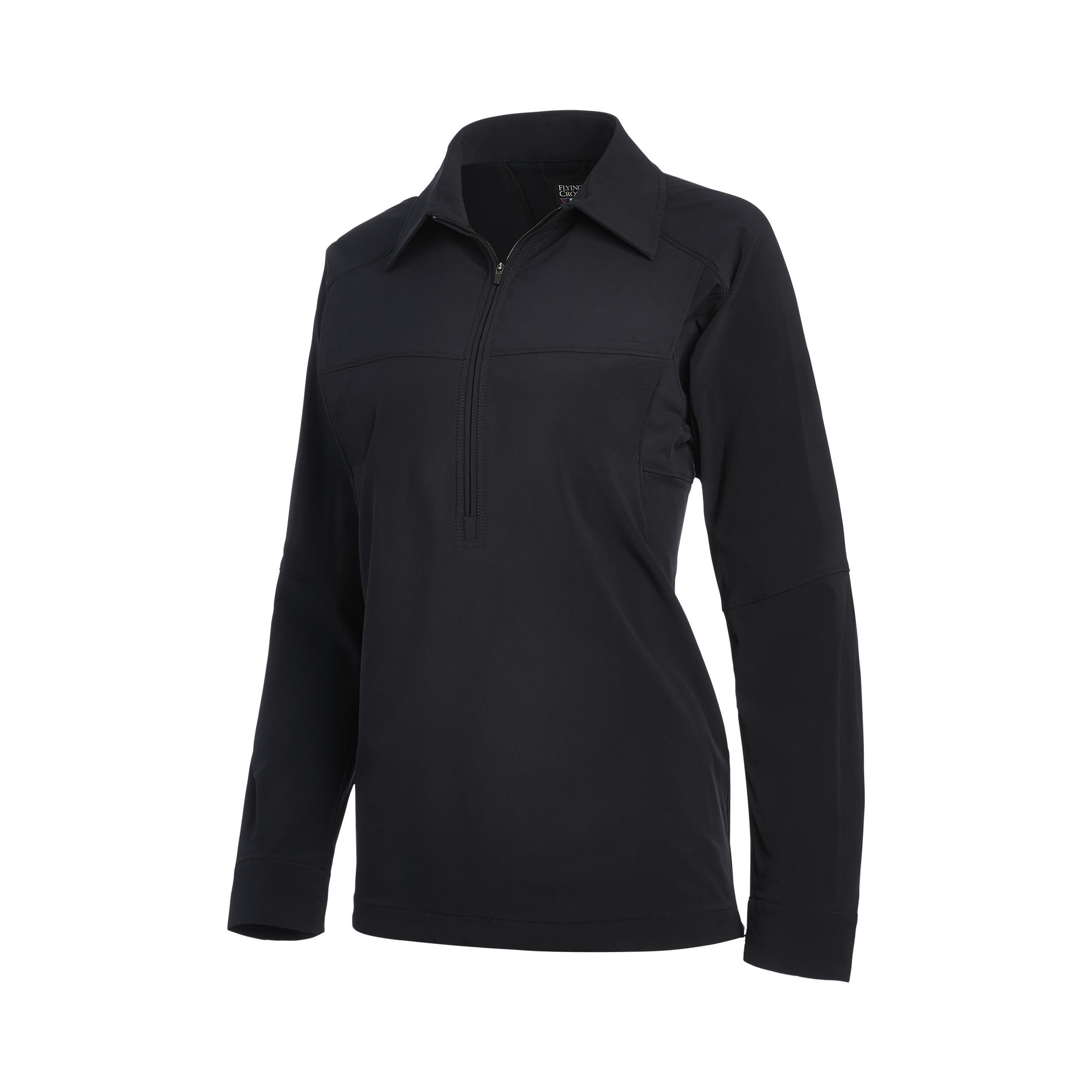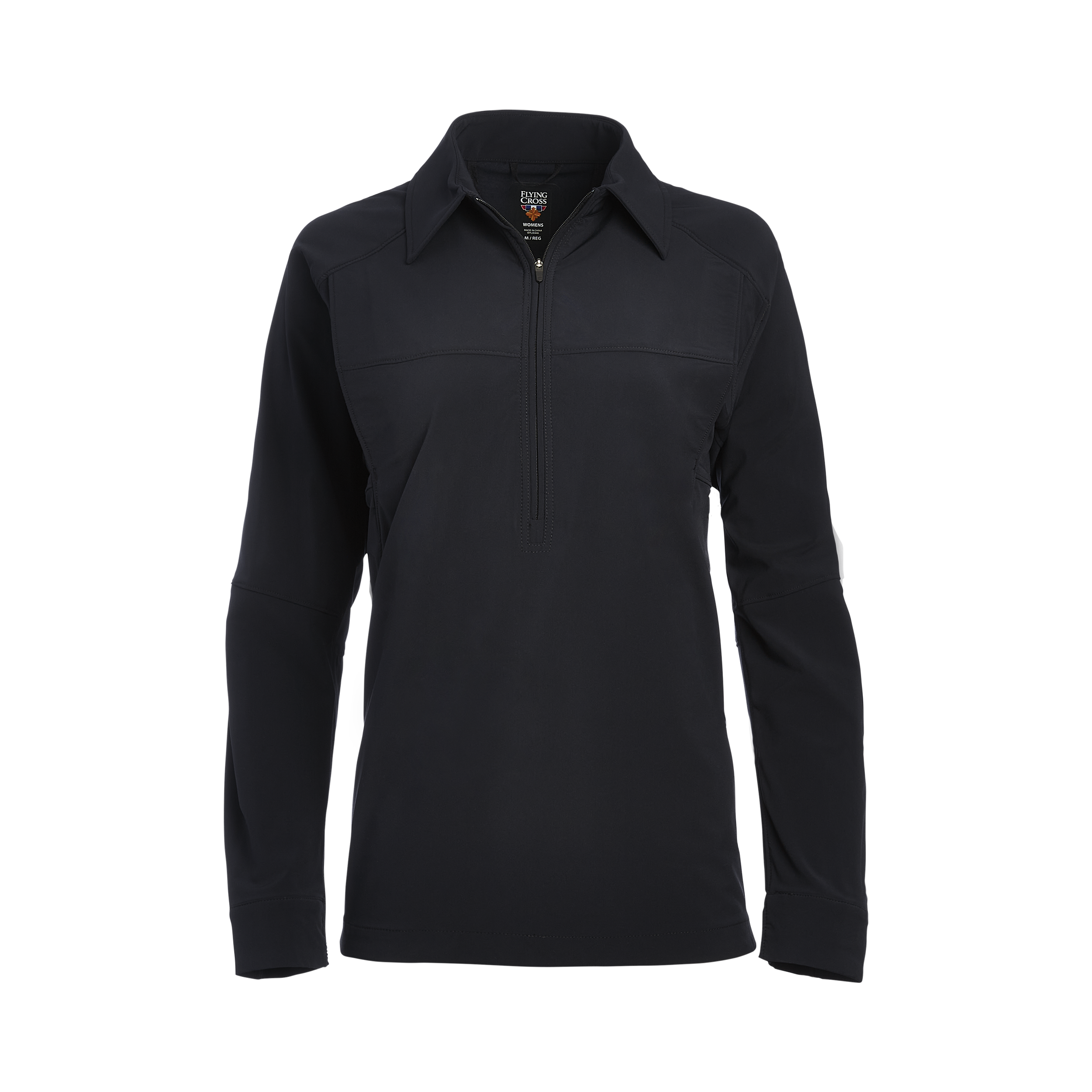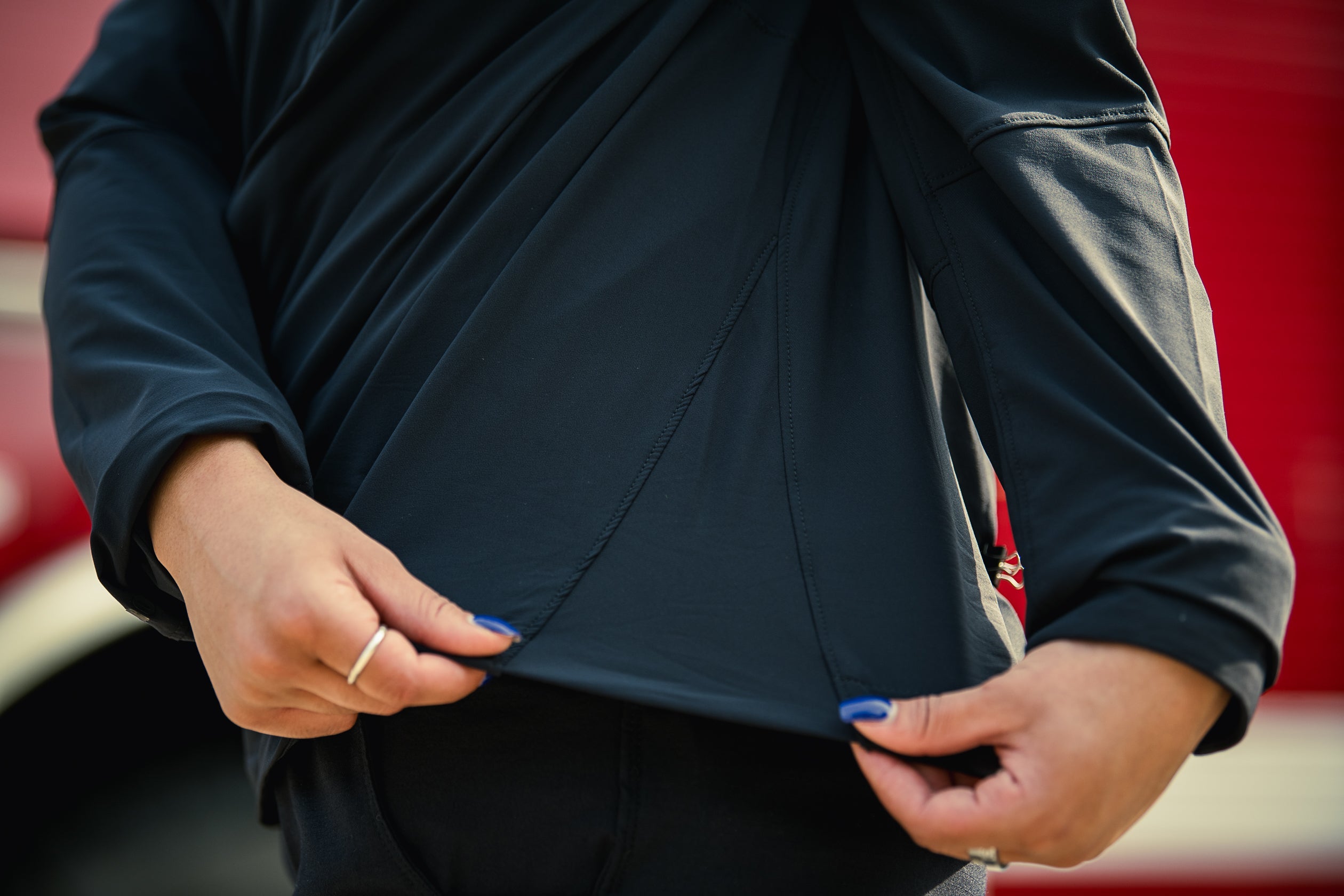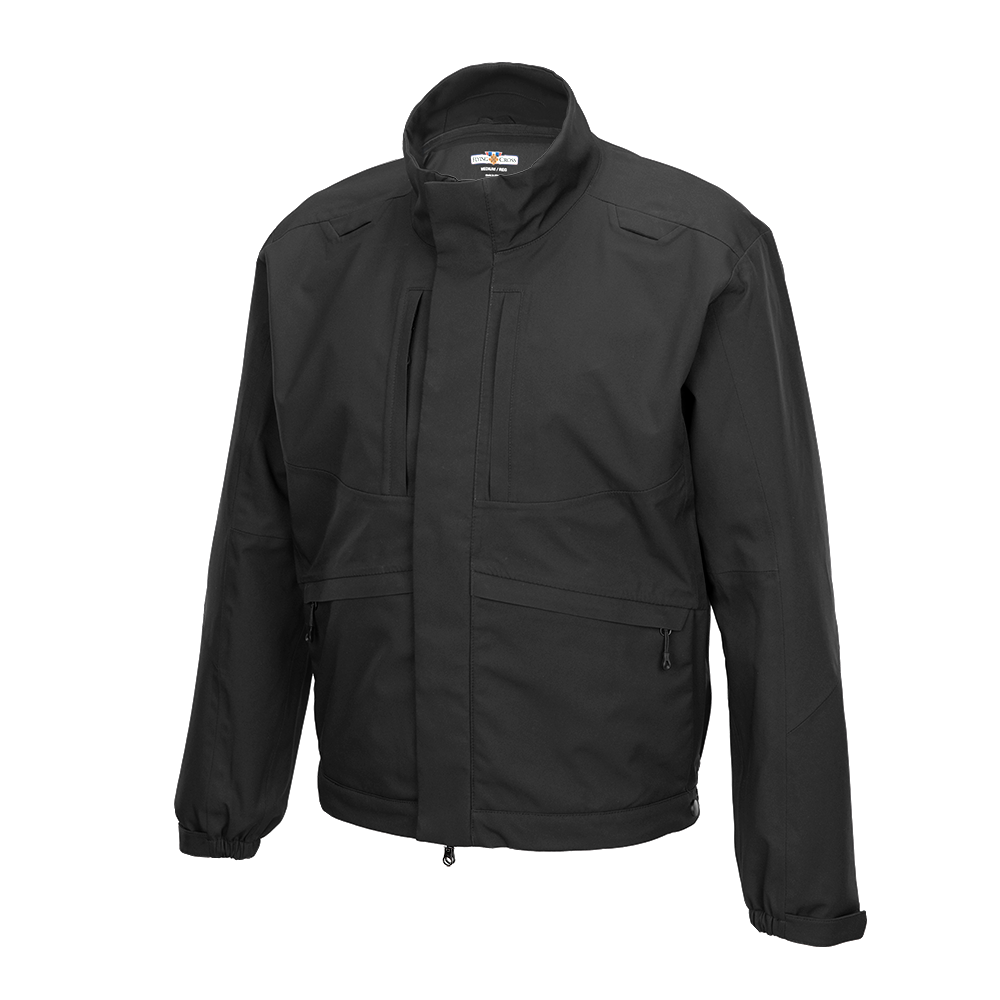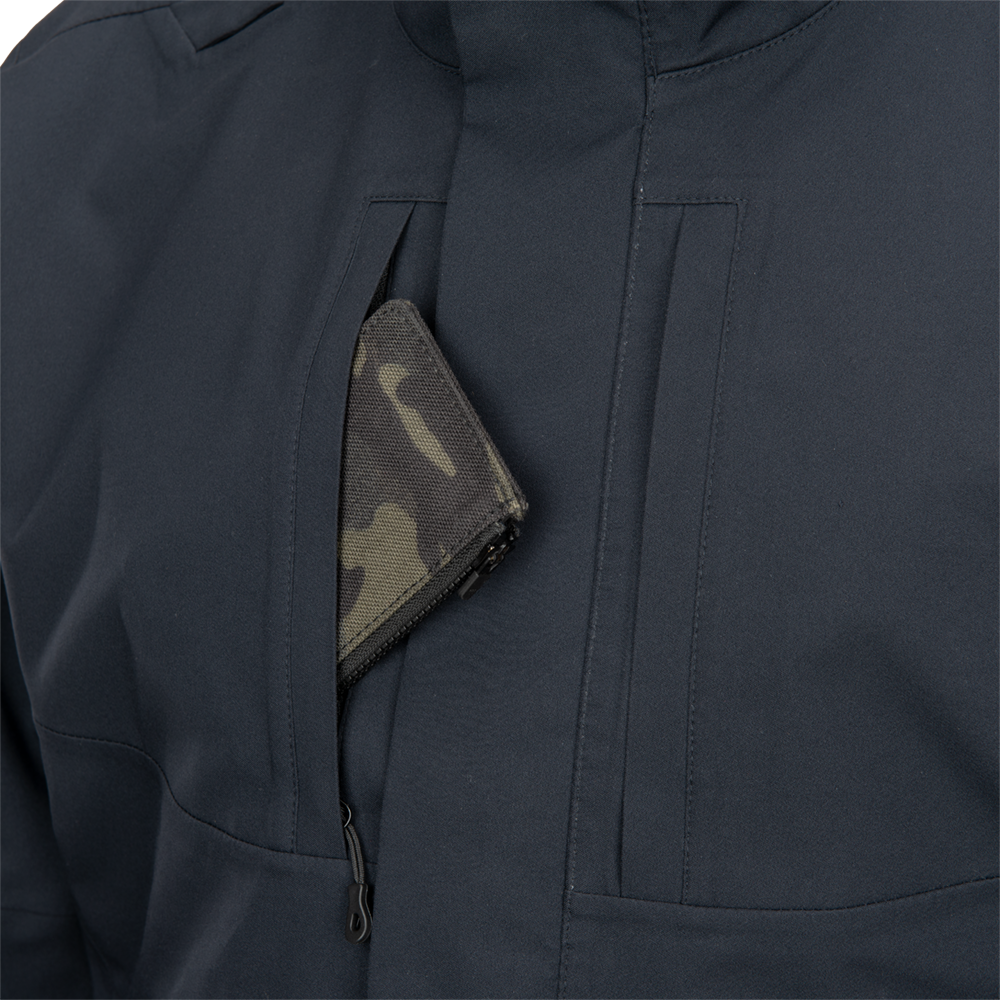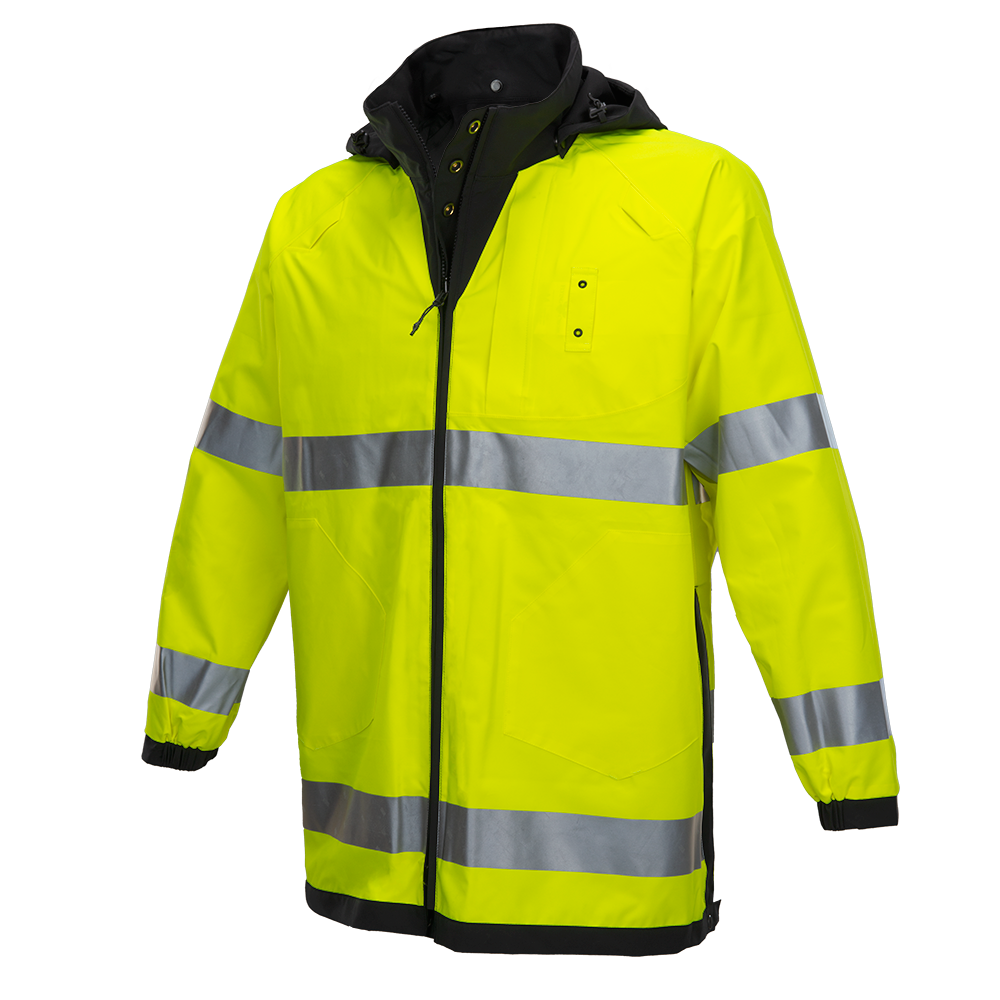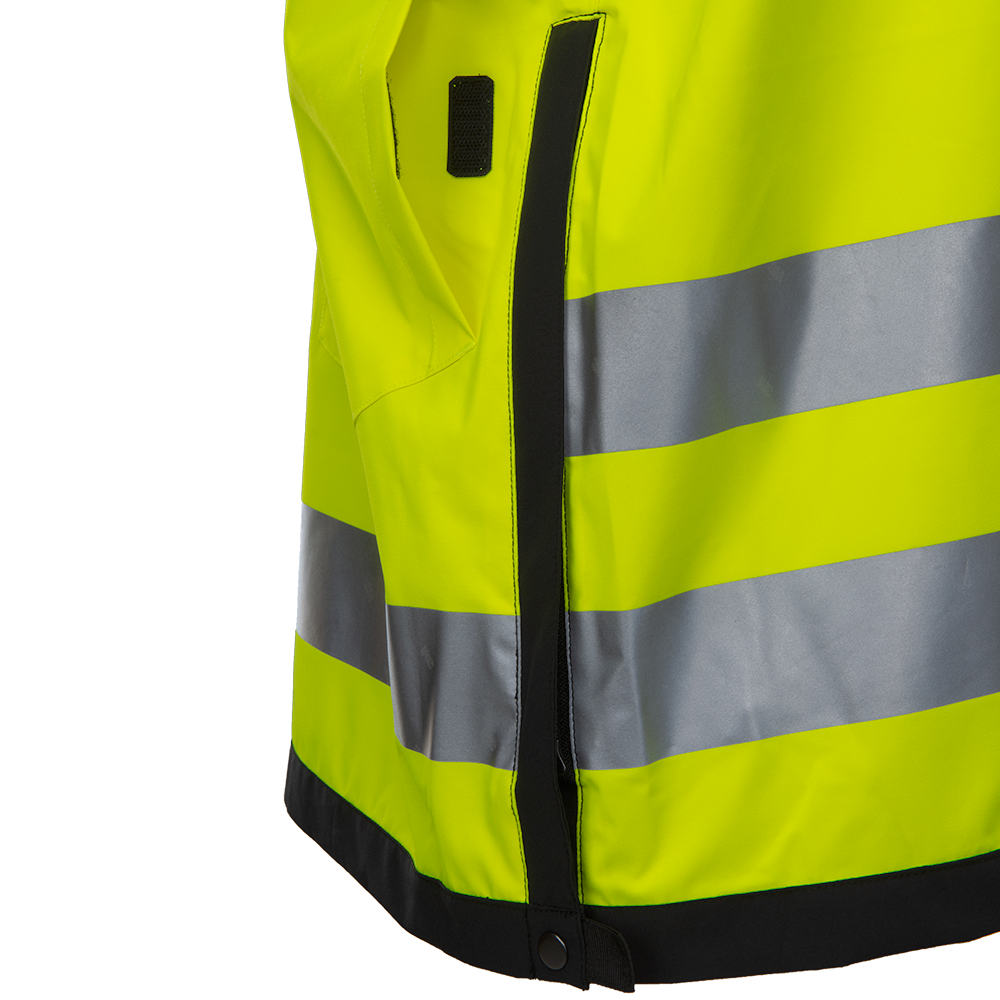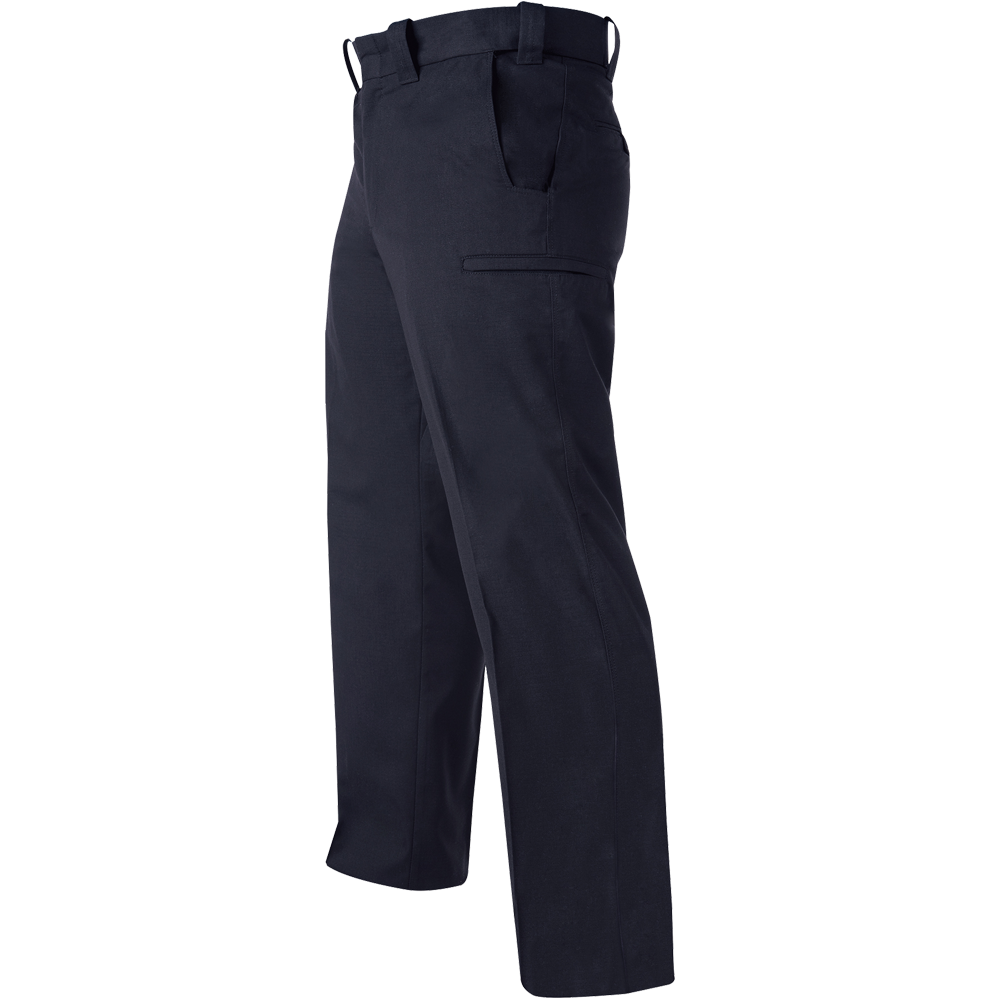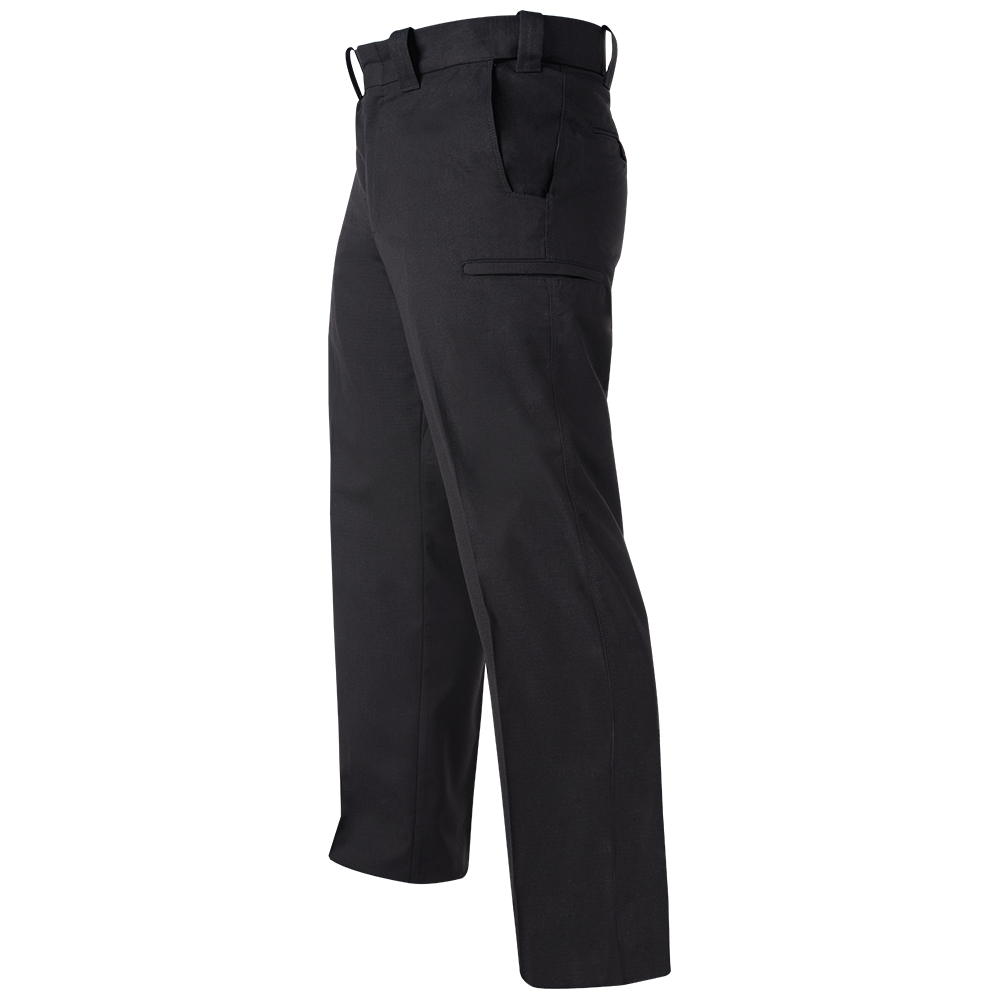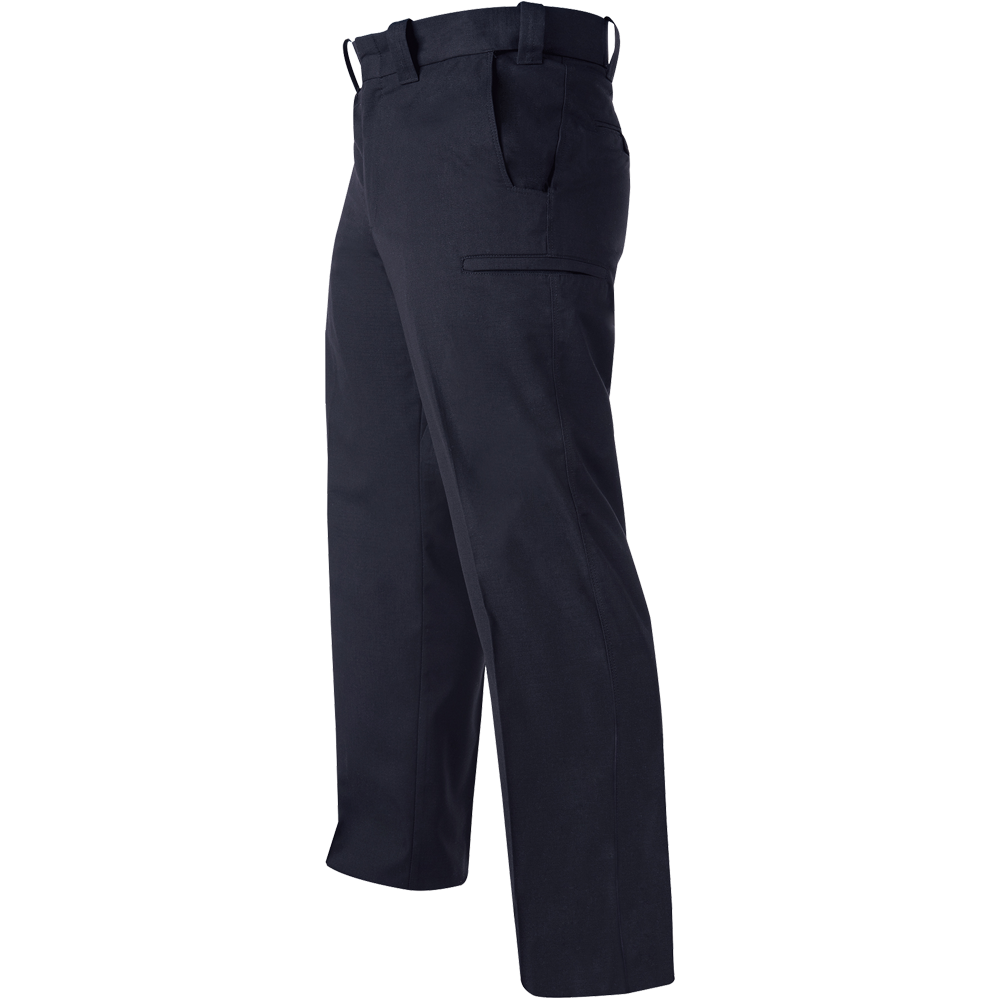The Heartbeat of Public Safety Emergency Services
From the moment a call is made, to the drop off of a patient at the hospital, these first responders need a uniform they can count on. Flying Cross takes the guesswork out of finding EMS uniforms that not only perform under the pressures of the job but offer a tailored comfort that supports your storage and equipment needs.
For years, emergency response professionals have sought Flying Cross uniforms for their high quality and professional appearance. This level of professional look can increase the confidence level of those you serve, while also building your confidence in the duty at hand. In a fast-paced line of work, ease of movement, airflow and insulation, and visibility are key factors in comfort and safety. The EMS pants we provide increase the range of motion required for the job while maximizing the storage capabilities. The EMS shirts also allow for ease of movement while providing that clean blue uniform look you’ve come to recognize over the years.
Even when you are powering through a long shift, our emergency medical response offering will help you feel and look your best. From medical technicians, first responders, and paramedics, Flying Cross offers a full line of EMS uniform options to suit your needs.
FAQs
How should EMS uniforms fit?
What materials are commonly used in EMS uniforms?
What are the essential features of EMS uniforms?
What uniforms do EMT’s wear?
Is there a difference between EMT and EMS?




